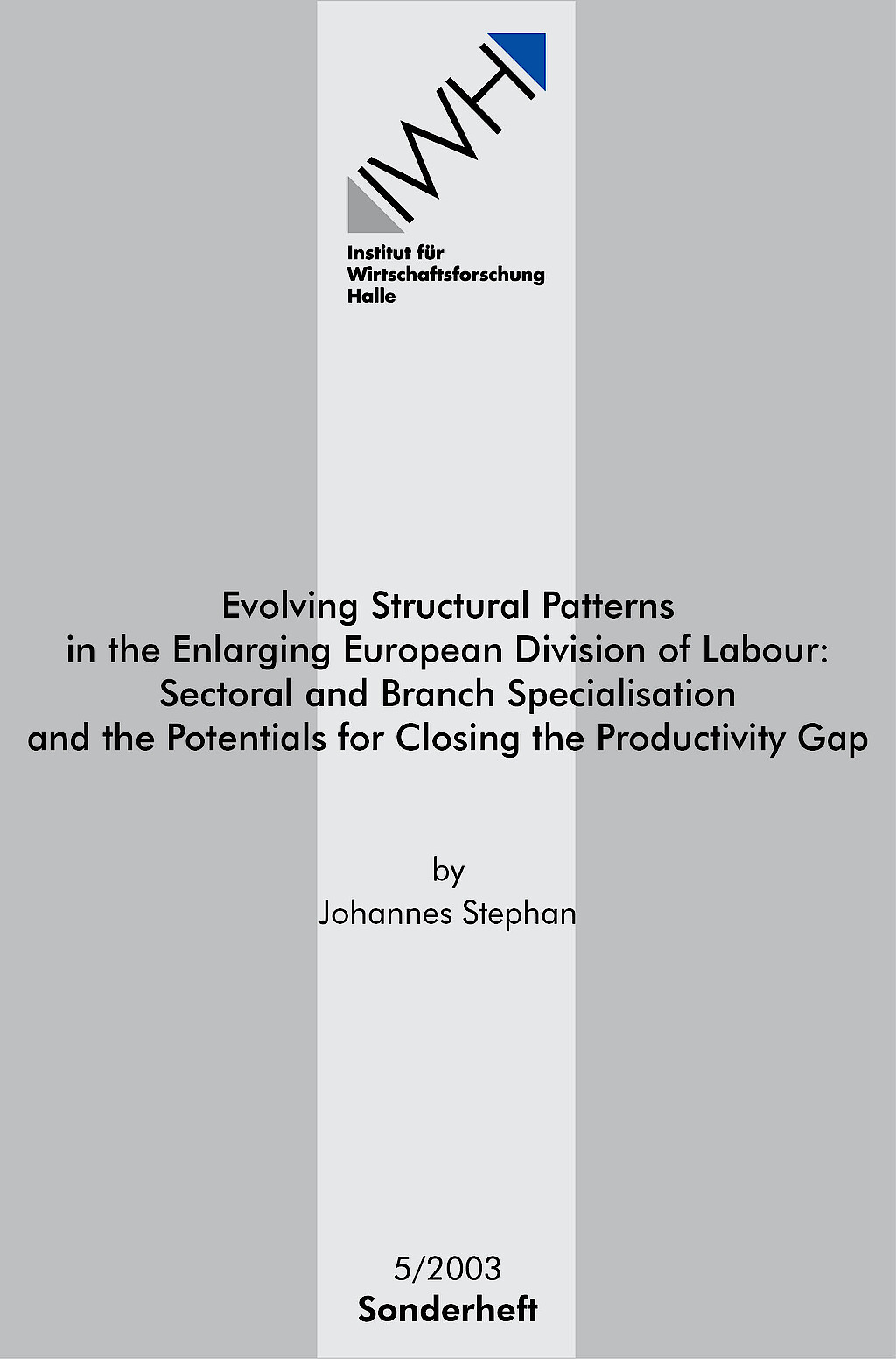
Evolving Structural Patterns in the Enlarging European Division of Labour: Sectoral and Branch Specialisation and the Potentials for Closing the Productivity Gap
This report summarises the results generated in empirical analysis within a larger EU 5th FP RTD-project on the determinants of productivity gaps between the current EU-15 and accession states in Central East Europe. The focus of research in this part of the project is on sectoral specialisation patterns emerging as a result of intensifying integration between the current EU and a selection of six newly acceding economies, namely Estonia, Poland, the Czech and Slovak Republics, Hungary and Slovenia. The research-leading question is concerned with the role played by the respective specialisation patterns for (i) the explanation of observed productivity gaps and for (ii) the projection of future potentials of productivity growth in Central East Europe. For the aggregated level, analysis determines the share of national productivity gaps accountable to acceding countries’ particular sectoral patterns, and their role for aggregate productivity growth: in Poland, the Slovak Republic and Hungary, sectoral shares of national productivity gaps are considerable and might evolve into a ‘barrier’ to productivity catch-up.Moreover, past productivity growth was dominated by a downward adjustment in employment rather than structural change. With the industrial sector of manufacturing having been identified as the main source of national productivity gaps and growth, the subsequent analysis focuses on the role of industrial specialisation patterns and develops an empirical model to project future productivity growth potentials. Each chapter closes with some policy conclusions.




